Solar power: decommissioning costs?
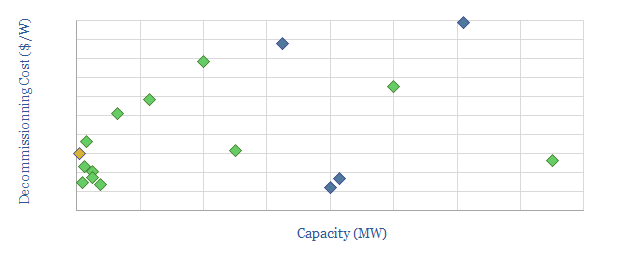
This data-file aims to break down the costs of decommissioning solar projects. Gross costs are estimated within a range of $0.03-0.20/W, which is around 3-20% of the initial installation costs….

This data-file aims to break down the costs of decommissioning solar projects. Gross costs are estimated within a range of $0.03-0.20/W, which is around 3-20% of the initial installation costs….
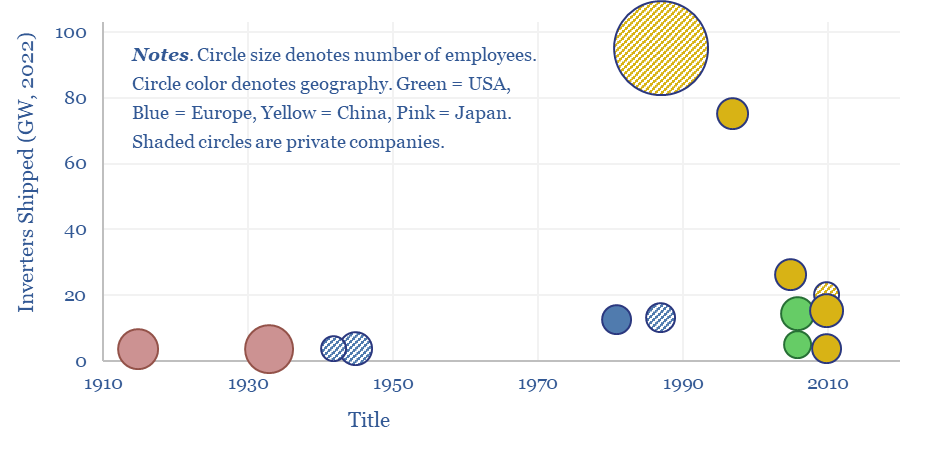
This data-file tracks some of the leading solar inverter companies and inverter costs, efficiency and power electronic properties. As China now supplies 85% of all global inverters, at 30-50% lower…
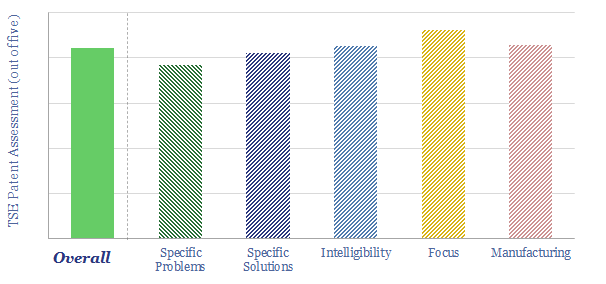
Siemens Gamesa is a leader in offshore wind, listed in Spain, with a €34bn order book and 26k employees (in 2021). It is pushing the boundaries of offshore wind, launching…

This data-file is an overview of wind power physics. Specifically, how is the power of a wind turbine calculated, in MW, as a function of wind speed, blade length, blade…
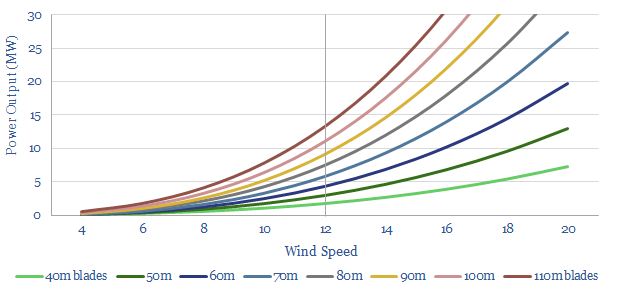
Some commentators expect the levelized costs of offshore wind to fall another two-thirds by 2050. The justification is some eolian equivalent of Moore’s Law. Our 16-page report draws five contrasts….
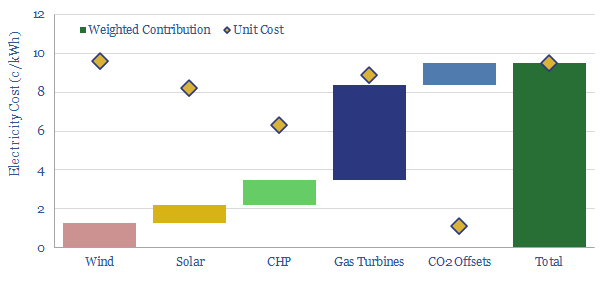
This data-file considers how to supply 100MWe and 1,000GWH pa of energy to a mid-sized consumer: reliably, at a low-cost and with zero net CO2 emissions. We think this is…
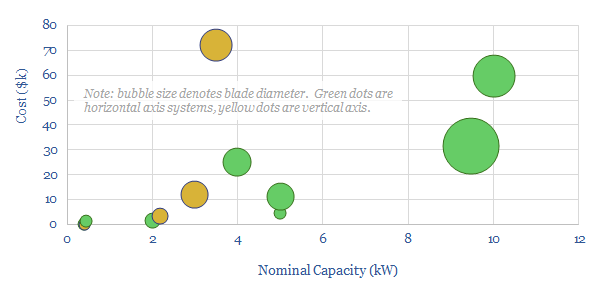
This screen compares the offerings of a dozen companies providing small-scale wind turbines, with power ratings in the range of 30kW of power, for residential energy generation. Costs range from…
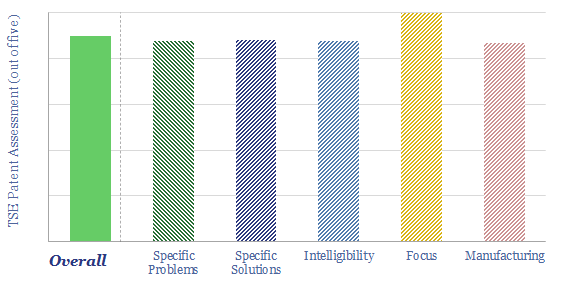
Shoals Technologies Group manufactures electrical balance of system solutions for solar energy projects, focused on promoting reliability, safety and ease of installation. The company went public in January-2021, raising $1.9bn…
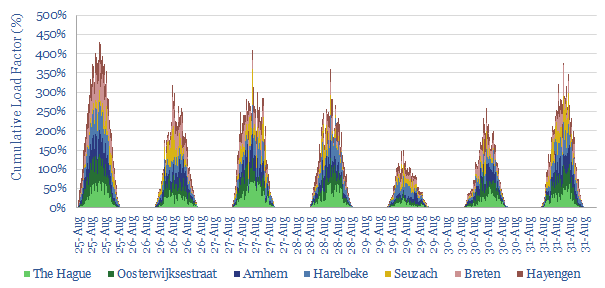
This data-file aggregates granular data from seven solar assets around Western Europe (Netherlands, Germany, Belgium, Switzerland), to understand their volatility and inter-correlation, over a sample week in August-2021. Across the…
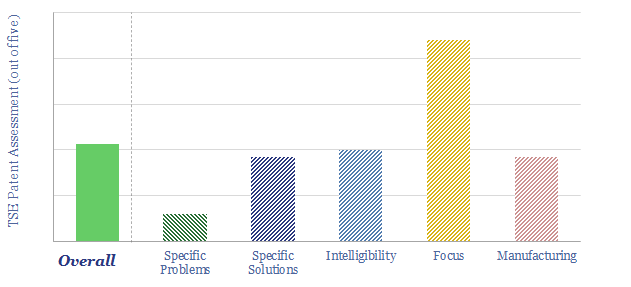
Monolith claims it is the “only producer of cost effective commercially viable clean hydrogen today” as it has developed a proprietary technology for methane pyrolysis using 100% renewable electricity, producing…